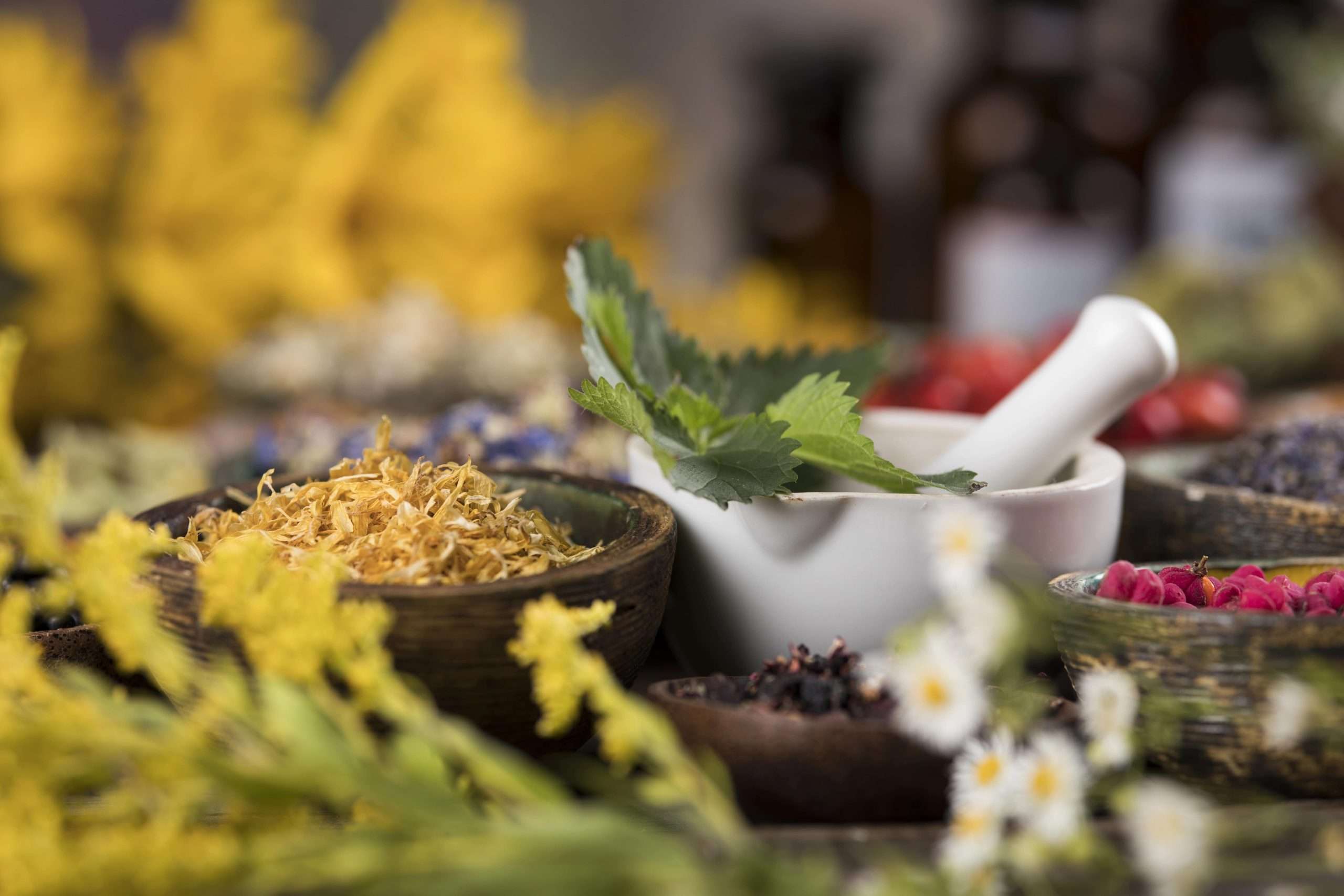Have you ever tasted honey from a 3,000-year-old beekeeping tradition? Or cooked using ancient Maya techniques passed down through generations? In Tulum, these aren’t just tourist activities – they’re living connections to a rich cultural heritage that still shapes daily life.
Most visitors come to Tulum for its pristine beaches and clear waters. But beyond the coastline lies a world of authentic experiences that few get to know. Local families still prepare meals using time-tested methods, tend to sacred Melipona bees, and use healing plants just as their ancestors did centuries ago.
What makes these experiences special isn’t just their historical significance – it’s the chance to learn directly from local masters who have inherited this wisdom. Imagine grinding aromatic spices on a traditional stone metate, or learning why the Maya considered certain bees sacred. These aren’t experiences you can find anywhere else.
In this guide, we’ll show you where to find these authentic cultural workshops in Tulum, what you can expect to learn, and how these ancient practices remain relevant today. Whether you’re interested in traditional cooking, sacred beekeeping, or natural medicine, you’ll find practical ways to connect with Maya heritage during your stay.
Let’s explore how you can become part of Tulum’s living cultural story, starting with the heart of any civilization – its food.
Traditional Maya Cooking: More Than Just Food
The kitchen has always been the heart of Maya culture. Today in Tulum, you can still hear the rhythmic sound of corn being ground and smell the smoke of cooking fires, just as it was centuries ago. These aren’t performances for tourists – they’re real techniques still used to create the most authentic flavors.
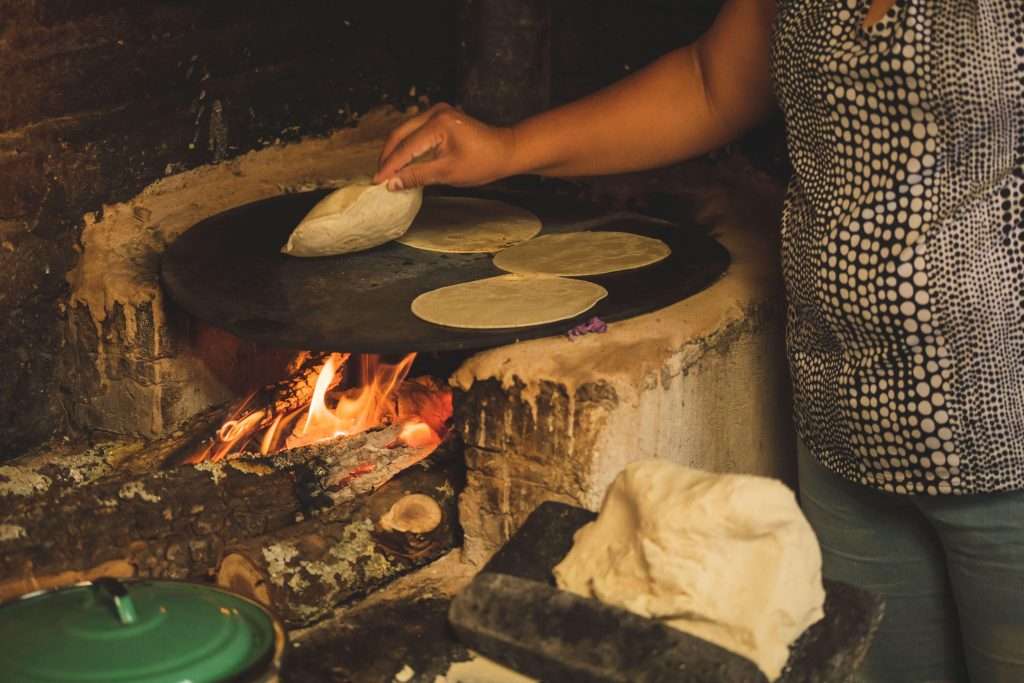
Ancient Techniques in Modern Times
At the center of Maya cooking sits the metate, a stone grinding tool that’s irreplaceable in creating the perfect masa (corn dough). “No modern machine can match the texture we get from hand-grinding,” explains Doña Maria, who teaches traditional cooking at her family home in Tulum. “When you make tortillas this way, you can taste the difference.”
Hand-grinding corn, cooking in underground pits (píib), and making traditional recados (spice pastes) are just some of the ancient methods still used today. Each technique has its own significance, passed down through generations of Maya families.
Where to Experience Traditional Cooking
Several authentic workshops in Tulum offer hands-on experiences. Here are our top recommendations:
Maya Kitchen Workshop at Casa Rosa
- Small groups (max 6 people)
- 4-hour sessions including market visit
- Price: $85 per person
Abuela’s Kitchen Experience
- Family-run workshop in traditional home
- Focus on ancient recipes
- Price: $65 per person
Market Tours: Understanding Maya Ingredients
The local market tour adds another layer to your cooking experience. Walking through the morning market, you’ll see tables loaded with local chiles, fresh achiote paste, and traditional herbs. The best time to visit is between 7-9 AM when local producers bring their freshest ingredients. Most cooking workshops include market visits, but you can also arrange private tours with local guides.
Practical Tips for Your Cooking Experience
Before joining a cooking workshop in Tulum, remember these essential tips:
- Wear comfortable, breathable clothing
- Bring a water bottle
- Book at least 2 days in advance
- Consider morning sessions for cooler temperatures
- Ask about dietary restrictions beforehand
These workshops do more than teach cooking – they keep ancient traditions alive. Each tortilla patted by hand and each sauce ground on stone connects you to thousands of years of Maya culinary wisdom. The best part? You’ll take these skills home with you, bringing a piece of Maya culture to your own kitchen.
Sacred Beekeeping: The Maya Art of Melipona
While honey bees are common worldwide, the Maya have maintained a special relationship with native stingless bees for over three millennia. These tiny Melipona bees produce a rare honey that’s not just food – it’s medicine, spiritual offering, and living history all in one.
The Special World of Melipona Bees
Unlike European honey bees, Melipona bees create their homes in hollow logs called jobones. These traditional hives are often passed down through families, with some colonies surviving for decades. The honey they produce is distinctly different – more liquid, slightly sour, and packed with properties that Maya healers have valued for generations.
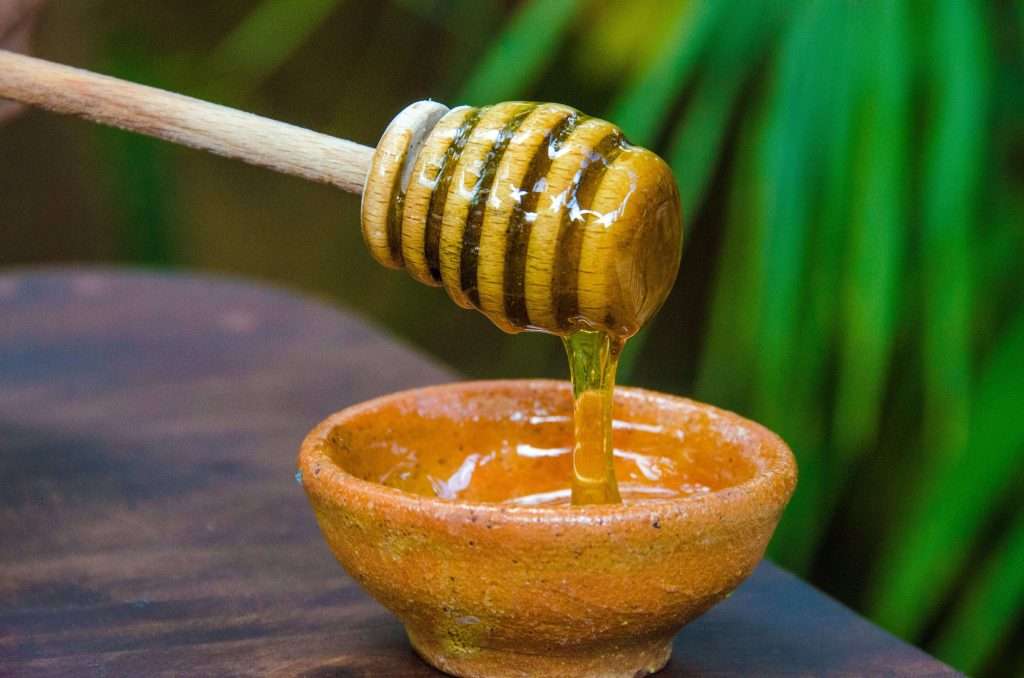
Traditional uses of Melipona products include:
- Honey for eye drops and wound healing
- Wax for ceremonial candles
- Propolis for medicine
- Pollen for sacred offerings
Learning From Maya Beekeepers
Manuel Parra, a third-generation Maya beekeeper, shows visitors his family’s meliponario (bee sanctuary) just outside Tulum. “These bees are like family,” he says, carefully opening a jobon to reveal the intricate spiral patterns of honey pots inside. “They teach us about balance with nature.”
The experience of working with these bees is unique. Since they don’t sting, you can observe them up close without protective gear. You’ll see how they build their distinctive honey pots, learn about their role in Maya mythology, and understand why protecting them is crucial for local ecosystems.
Where to Experience Maya Beekeeping
Two authentic locations near Tulum offer hands-on experiences with Melipona bees. The Xunaan Kab Sanctuary welcomes visitors for three-hour morning sessions, while the Maya Bee Sanctuary provides full-day immersions. Both places follow traditional methods and support local bee conservation efforts.
What makes these experiences special is their authenticity. Under their guidance, you’ll learn to identify different types of native bees, understand their behavior, and see how honey is sustainably harvested using ancient techniques.
Environmental Impact and Modern Challenges
Today, these sacred bees face threats from modern agriculture and climate change. Local beekeepers are working to protect them by maintaining traditional practices while educating visitors about their importance. Supporting these programs helps preserve both the bees and the cultural heritage they represent.
The honey you’ll taste during these experiences isn’t available in stores. It’s a rare treat, harvested in small quantities and still used in traditional medicine. Many visitors say tasting this ancient honey is like sampling liquid history – a direct connection to the Maya past that’s still very much alive.
Ancient Healing Ways
A Maya healer once said, “Every plant has a story to tell, and every story has the power to heal.” This wisdom still rings true in Tulum, where traditional medicine isn’t just history – it’s a living practice that combines plant knowledge with centuries of healing experience.
Traditional Plant Medicine Today
Walking through a Maya herbalist’s garden feels like stepping into a natural pharmacy. Rows of herbs, flowers, and medicinal plants create a green tapestry of healing potential. These gardens maintain species that have been used for generations, each plant carrying its own healing properties and preparation methods.
Common healing plants and their traditional uses include:
- Chaya – for blood sugar balance and energy
- Siempre Viva – for respiratory health
- Mayan Oregano – for digestive wellness
- Ruda – for spiritual cleansing
- Hierba Buena – for stomach comfort
Learning From Local Healers
Doña Carmen has been practicing traditional medicine for over 40 years. In her small garden workshop on the outskirts of Tulum, she shares knowledge passed down through her family. “Modern medicine has its place,” she explains, “but many answers can be found in these plants that have helped our people for centuries.”
Her workshops go beyond simply identifying plants. You’ll learn about the Maya concept of balance between body and spirit, the proper times to harvest different plants, and how to prepare traditional remedies using ancient methods.
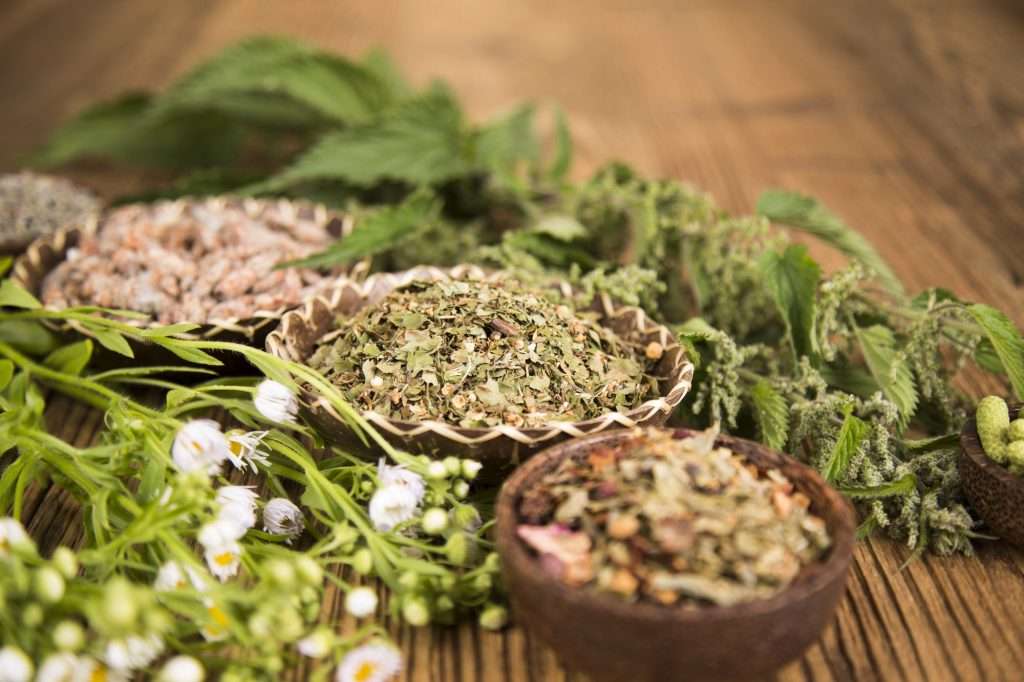
Where to Experience Traditional Medicine
The Maya Medicine Trail offers structured learning experiences that respect both the knowledge and its cultural context. Morning sessions start with a traditional blessing, followed by hands-on learning in the medicinal garden. You’ll create your own healing preparations using time-tested techniques.
What sets these experiences apart is their authenticity. These aren’t tourist shows – they’re real interactions with practicing healers who maintain their traditions while sharing appropriate knowledge with respectful visitors.
The Future of Ancient Wisdom
As modern medicine advances, these traditional practices face new challenges. However, local healers are finding ways to preserve their knowledge while adapting to contemporary needs. Many work alongside modern healthcare providers, creating a bridge between ancient wisdom and current medical understanding.
Some plants used in Maya medicine are now being studied by scientists, confirming what healers have known for generations. This validation helps preserve these practices for future generations while showing their relevance in today’s world.
Participating Respectfully
When joining these healing workshops, remember you’re entering a sacred space of knowledge. The healers share what they believe visitors can understand and use responsibly. Some deeper aspects of their practice remain private, preserved for those who will carry the tradition forward.
Transform Your Tulum Experience Through Living Traditions
These cultural experiences offer more than just activities – they’re windows into a living heritage that makes Tulum truly special. From grinding corn in traditional kitchens to working with sacred Melipona bees and learning ancient healing practices, each experience adds depth to your understanding of this remarkable place.
The Maya masters sharing these traditions aren’t performing for tourists – they’re keeping their heritage alive and meaningful in today’s world. Through their workshops, you’ll gain skills and knowledge that you can take home, along with memories that last far longer than typical vacation photos.
Ready to make these authentic experiences part of your Tulum story? Here’s how to start:
- Book your stay at Santamar by Tao, where our knowledgeable staff can arrange these cultural workshops as part of your visit.
- Reserve your workshops early – especially cooking classes, which often fill up weeks in advance.
- Consider a morning workshop schedule to make the most of cooler temperatures.
We recommend planning at least three days for these experiences, allowing time to fully appreciate each tradition. This also gives you flexibility to adjust your schedule based on weather and availability.
Want to secure your cultural experience in Tulum? Browse our available dates at Santamar by Tao, and let us help create your perfect blend of relaxation and cultural immersion. Select your dates in our booking calendar, and mention your interest in cultural workshops in your reservation notes.
These traditions have survived for thousands of years because each generation recognized their value. Now it’s your turn to become part of this continuing story.
